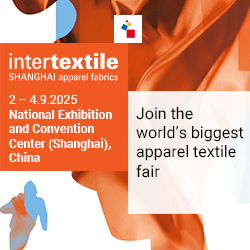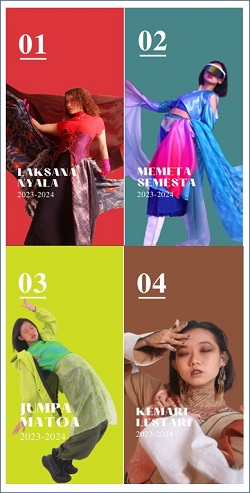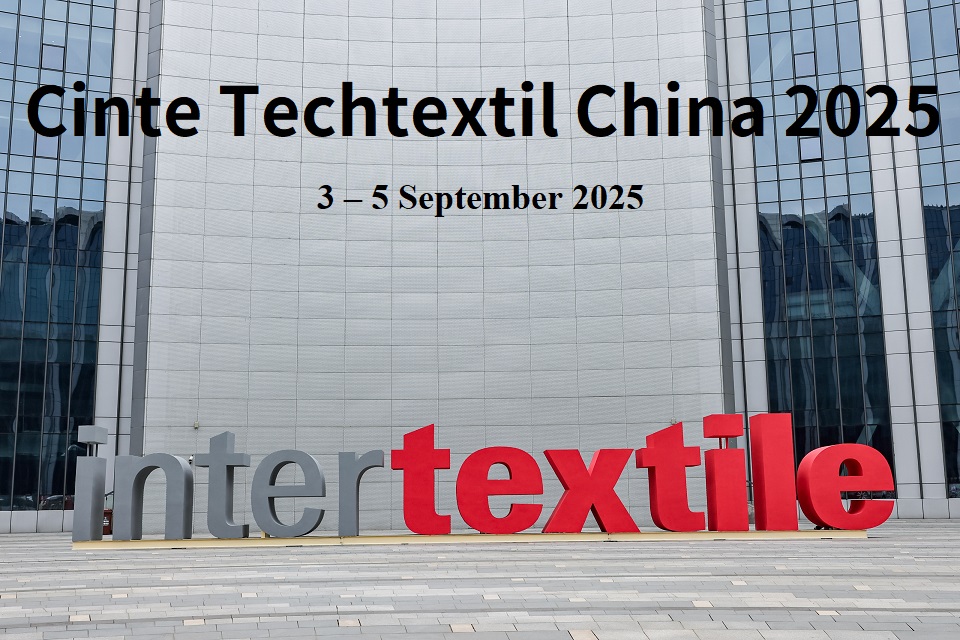The textile and textile product (TPT) INDUSTRY is a labor-intensive industry that makes an important contribution to the national economy. In March 2023, Indonesia's textile exports increased by 16.87 percent compared to the previous month. However, this data still needs to be scrutinized because it does not yet refer to the annual performance of the Indonesian textile industry. Data for 2022 shows this industry absorbs approximately 3.6 million workers and contributes 6.38 percent of GDP from the non-oil and gas sector. However, the performance of the Indonesian textile industry throughout 2022 has decreased.
Data from the Central Statistics Agency (BPS), exports of Indonesian textiles and textile products only reached 1.5 million tons, a 17 percent decrease compared to 2021. This figure is much lower than at the start of the Covid-19 pandemic. At the global level, there has been a decrease in demand for textile products, but there has been an increase in the value of exports. This is shown from the value of textile exports in 2022 which only fell 6.5 percent to US$ 4.3 billion.
The Indonesian TPT industry was once a prima donna during its heyday, namely in the 1980s. However, currently the textile and textile product business people in Indonesia must survive desperately to maintain the viability of their business. Textile business players are currently experiencing many internal and external problems that cause a decline in their business performance.
The external problem is the decline in global demand due to the economic slowdown. The war between Russia and Ukraine which until now has not ended has had an impact on global economic conditions, especially related to the threat of inflation which has reduced the purchasing power of European countries and the US. The second external problem is the hostile investment climate. The minimum wage, which in the past was the advantage of this industry, is currently the external variable that is the most difficult to control. The bargaining power of labor unions is becoming stronger, causing the minimum wage to no longer be competitive.
The internal problems of the textile industry are related to production efficiency. The shift in this industry from labor-intensive to capital-intensive with the invention of machines and the use of production technology has forced textile factories in Indonesia to make adjustments.
Innovation Activities and Policy
Currently, Indonesia is the 21st textile producer that supplies the world market. The top list of textile supplying countries today are China, Bangladesh, Vietnam, Pakistan and India. Huong (2022) in a study of the TPT industry in China, Bangladesh, Vietnam, Pakistan and India found that textile industry players in these five countries carried out innovative activities in the form of product development by combining the application of new technologies and new uses in the textile industry. Second, the development of new products based on the exploration of new knowledge about the use of textile end products. Third, the development of new textile products based on the use of new raw materials with production processes that are continuously being improved. Fourth, the company periodically evaluates business processes and makes continuous improvements.
Textile business players in China, Bangladesh, Vietnam, Pakistan and India then carried out several policies to follow up on the above innovation activities. Among other things, improving the quality of human resources to support innovation activities. Second, encouraging product diversification in accordance with textile trade agreements at the global level. Third, encourage product design development activities. Fourth, encouraging local raw material innovation. Fifth, development of financing procedures for new investments in the textile business.
In general, the key to success in the textile industry is innovation in production, product design, business processes and marketing strategies. These four countries have even begun to develop environmentally friendly textile production technologies. When it is mass produced it can produce a lower price (Van De Venn, 2022).





